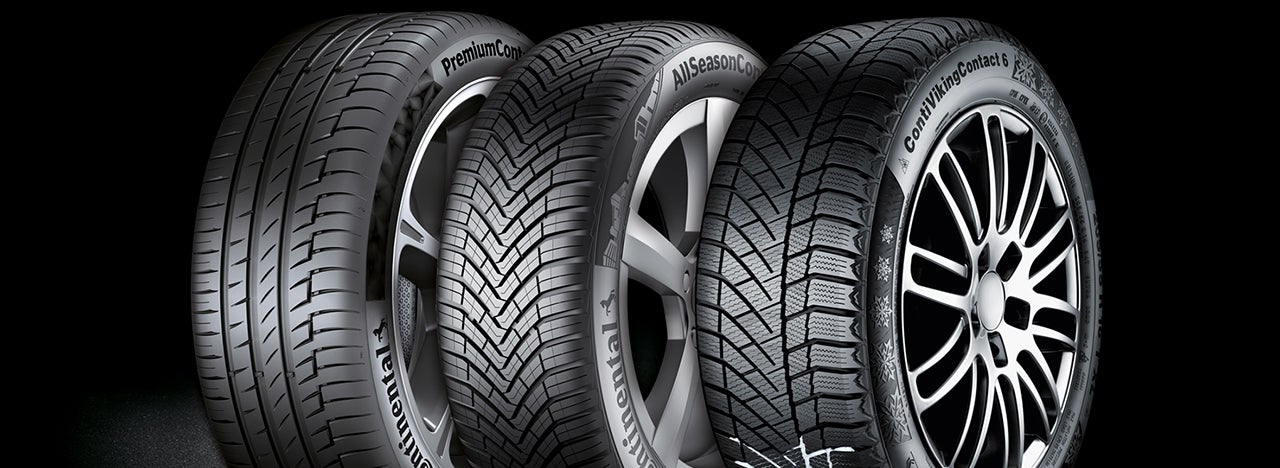
# Tyre Basics
Wide tyres
What are wide tyres?

The size and width of tyres will determine how the car handles in different conditions and typically provides the optimum overall performance. A wide tyre, by comparison, is a tyre which exceeds a standard tyre.
Reasons for switching from narrow tyres to wide tyres – if the car's specifications allow for it – can range from performance enhancements to aesthetic appearance. Because the contact area is more substantial, for example, wide tyres can grip and accelerate on dry surfaces much better than narrow ones. They're also great for specific applications like winter driving conditions.
These modifications are road-legal so long as the driver is aware of the changes in handling to their car, for example, when it comes to cornering and braking, and they don't exceed the safety guidelines recommended by either the vehicle or tyre manufacturer. The documentation that comes with your vehicle will further specify the widest tyres you can fit to the rim without impairing safety or performance.
For comparison, you can identify your car's stock size on the tyre sidewall, under the fuel cap, or on the pillar of the driver's door. In a sequence of markings like 225/50 R 17 98 H, for example, the first three numbers "225" represent the section width, in millimetres, of the tyre from one sidewall to the other.

Advantages of wider tyres in winter
When it comes to the winter season, there are definite advantages to fitting your wheels with wide tyres over standard narrow tyres.
A wider tyre equates to better performance on dry or wet roads and compacted snow. They provide excellent performance in all winter conditions because:
- More sipes interlock with the ground, even on snow;
- Shorter braking distance due to larger tread blocks;
- Consistent and balanced drivability and better steering precision;
- Sportier driving comfort.
In our high-performance-tyre segment, we can offer excellent solutions for wide tyres for high-performance vehicles, medium and luxury-class cars, and SUVs.
Possible adverse effects of wider tyres
If disregarding the vehicle or tyre manufacturer guidelines, there are potential hazards to fitting your wheels with wide tyres.
For one thing, tyres may be more susceptible to aquaplaning or hydroplaning. Also, the car will have less control on slippery, loose surfaces like gravel.
Elsewhere, a wide tyre may not fit correctly inside the wheel. It may protrude outwards. One consequence of this is to restrict the freedom of motion and your turning radius.
Last but not least, noise from the road will increase, further impacting ride comfort.
Related content
-
 2024/10/24Curvy ridesTo stay safe on curvy roads, you should avoid driving your car at excessive speed. Read on for more tips to smoothly navigate a long and winding road.Read more
2024/10/24Curvy ridesTo stay safe on curvy roads, you should avoid driving your car at excessive speed. Read on for more tips to smoothly navigate a long and winding road.Read more -
 2024/10/24Tyre pressureCar safety is significantly upgraded with an integrated TPMS. Learn all about integrated tire-pressure monitoring systems and how they work.Read more
2024/10/24Tyre pressureCar safety is significantly upgraded with an integrated TPMS. Learn all about integrated tire-pressure monitoring systems and how they work.Read more -
 2024/10/24Mixing tyresContinental recommends fitting tires with the same brand, size, tread pattern, load index, and speed rating to every wheel position on your car.Read more
2024/10/24Mixing tyresContinental recommends fitting tires with the same brand, size, tread pattern, load index, and speed rating to every wheel position on your car.Read more